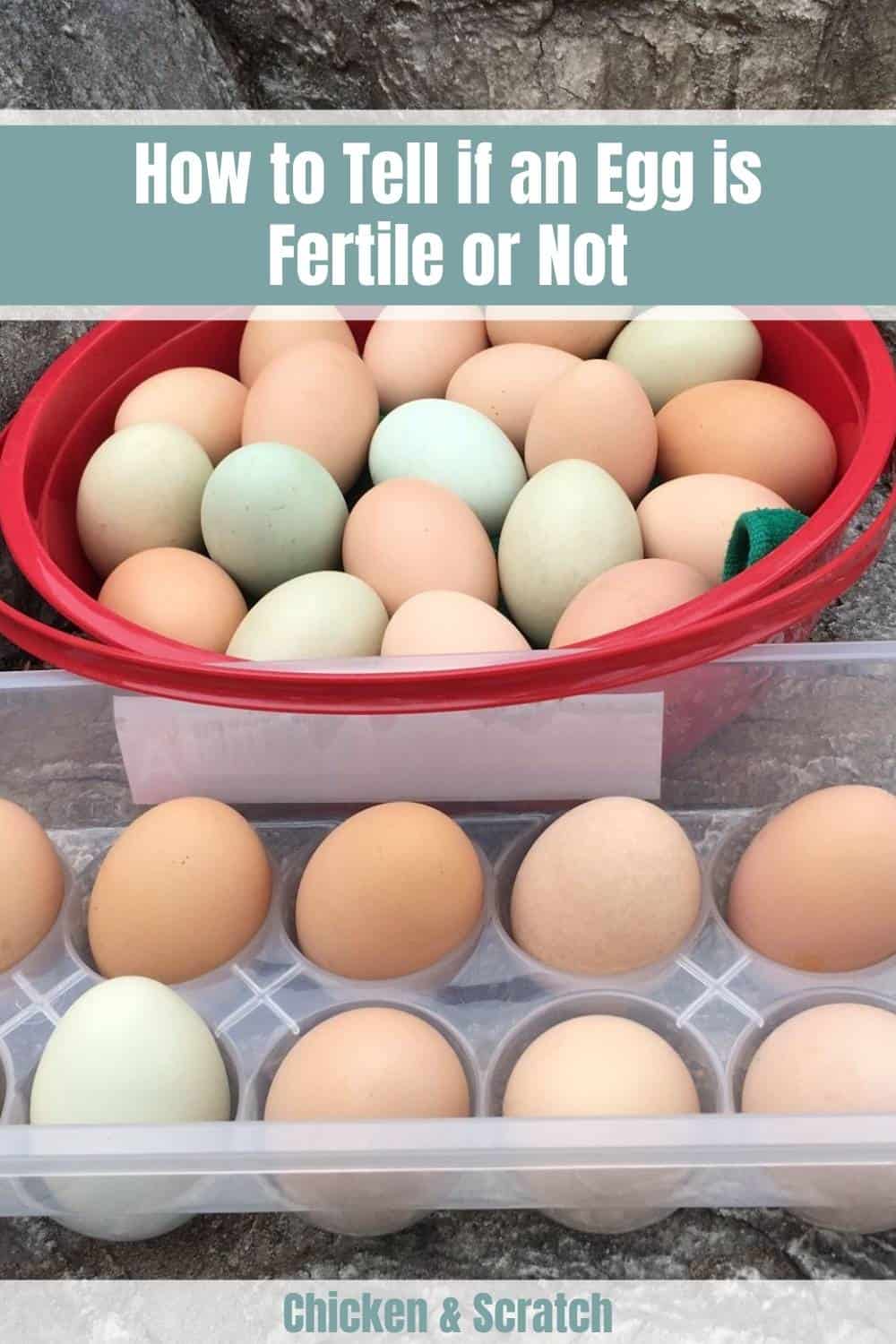Are you wondering how to tell if an egg is fertile or not? There are a few different techniques for determining if an egg has viable cells or is just an egg that will not hatch. Fertilization starts a new life but does not ensure lengthy life since the path is fraught with difficulties.
This article will cover
- What is the Process of Chicken Egg Fertilization
- How to Tell If an Egg is Fertile or Not
- How Hens Can Lay Eggs Continuously Even Without a Rooster
- How to Enhance the Survivability of Fertile Egg
What is the Process of Chicken Egg Fertilization

Before learning how to tell if an egg is fertile or not, it might be a better idea to first understand the process of egg fertilization, from mating to development to laying an actual egg.
The roosters, like other animals, have a reproductive organ called testes that releases sperms which are transported to sperm membranes via tube-like organs known as vas deferens. While mating, the sperms are discharged via the chicken’s cloaca. [How Do Chickens Mate?]
The roosters release sperm in the hens’ reproductive organ, the oviduct, in less than 30 seconds. Sperms exit the rooster’s body via a passage called the cloaca, penetrate the hen’s oviduct, and proceed through numerous organs of the reproductive system until they hit the hen’s infundibulum.
The sperms travel almost a week to approach their final stop. The sperms enter the hen’s shell gland for the isthmus and magnum to finally get to the infundibulum. When already inside the infundibulum, the sperms may live and stay for up to a week or longer. Fertilization occurs instantly when there is a presence of yolk throughout the infundibulum.
Eggs are now produced in the hen’s ovaries in the form of yolks. Every 24 hours or a little more, a healthy hen can produce one yolk. When the ovaries deliver the yolk, it goes straight to the infundibulum. If sperms are present in the infundibulum, the blastodisc within the yolk would be fertilized. Resulting in the formation of the embryo, or known as the blastoderm.
When fertilized, the yolk follows the same path that the sperm used to get in the infundibulum. The main distinction would be that the yolk moves in the other route throughout its trip, completing its composition to create a real egg. Meanwhile, in the magnum, the yolk is covered by egg white. At the same time, the isthmus is where the shell membrane begins to develop.
The yolk, surrounded by egg white, next goes towards the shell gland, in which the shell is finished and solidified. The egg is now fixed for laying, which occurs in the midst of each day. After the fully fertilized egg is delivered, the hen is prepared to begin the process of egg production again.
How to Tell If an Egg is Fertile or Not
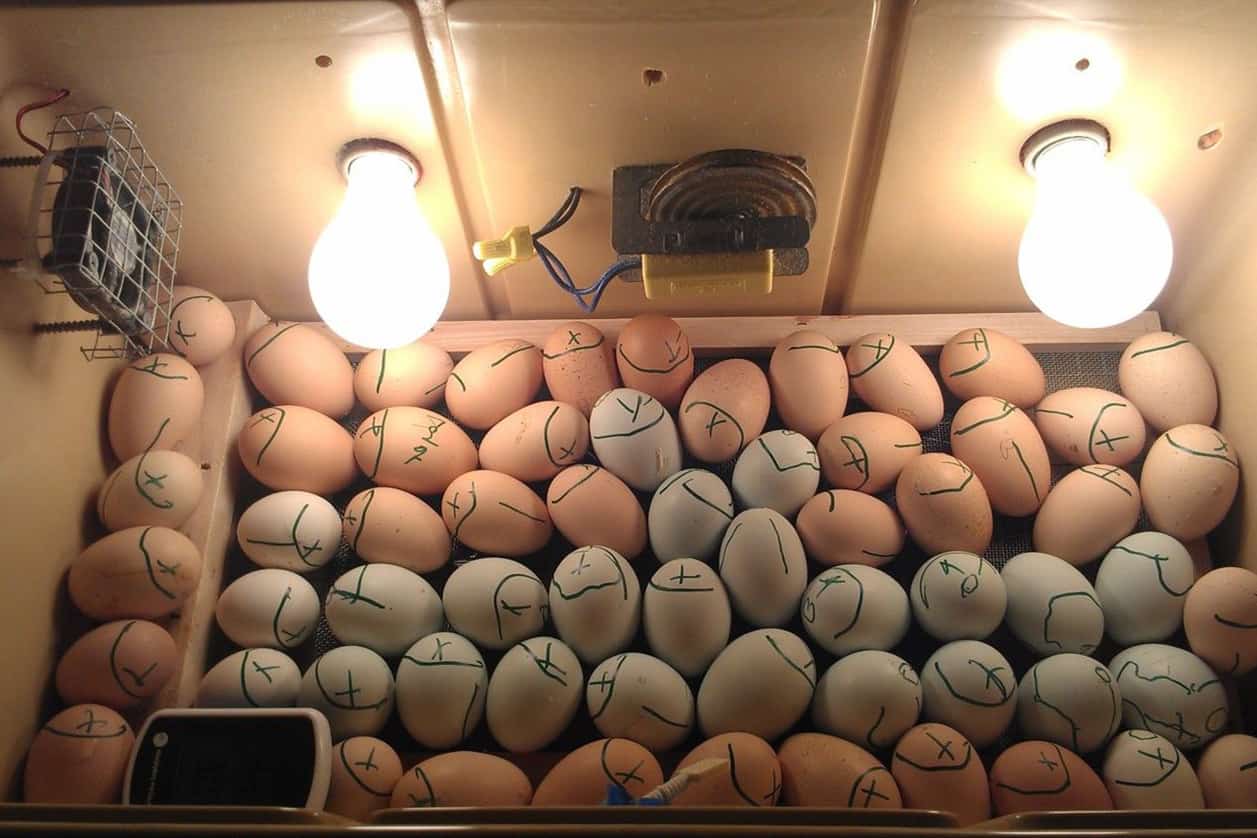
You can never tell if an egg is fertile or not by just looking at it. Fertilized eggs seem to the naked eye identical to unfertilized eggs by just looking from the outside. Unfertilized eggs likewise appear the same on the inside as fertilized eggs.
Except, the yolk of fertile eggs contain a tiny white spot with a whitish ring-like surrounding it, or what they call bullseye. The shell of an egg is a protective covering that safeguards what is contained within. If a chick develops inside, it does not become rounder, shift color, or more solid.
On the other hand, when you purchased your eggs from a market, you may fairly conclude that they were not fertile. Commercial farm eggs can never be fertile since the hens are never paired with a rooster.
Check out by opening the egg

When breaking open an egg, a fertile one can be distinguished by a tiny white disk on the yolk with another small white ring encircling it. It is produced by clustering cells that will ideally grow into a young chick when incubated and hatched. On the other hand, an unfertilized egg also has a white spot; however, that white spot doesn’t have a ring-like feature.
Check out by candling the egg
If you intend to hatch your eggs, there is just one method to determine if they are fertile. Incubate them for a couple of days and monitor the growth and development inside by candling them. This method requires entering a dark area and placing a solid light beneath the egg’s big end. A dark patch must be visible in the center, with veins forming around it if the egg is fertile.
Meanwhile, suppose the egg is not fertile. In that case, you can see a plain yellow yolk inside, without any indications of embryo or veins forming around.
The Candling method must be performed several times during the incubation period, preferably on the 4th, 10th, and 17th. It will assist you in determining if the fertile egg is growing normally or the embryo has already perished and therefore should be discarded.
How Hens Can Lay Eggs Continuously Even Without a Rooster
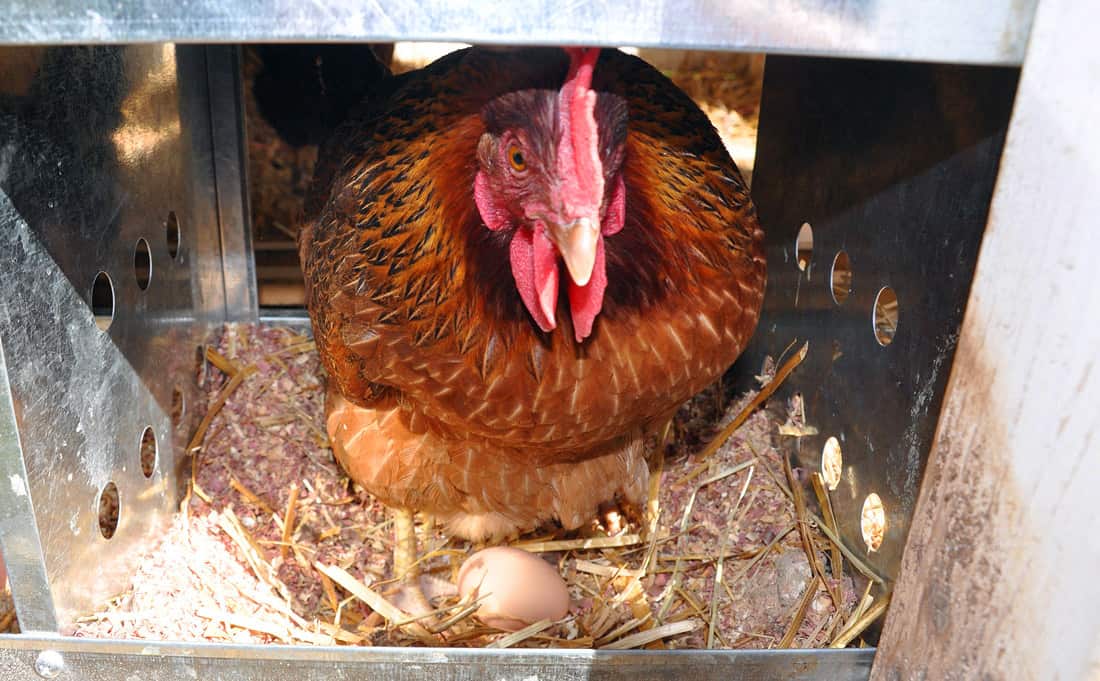
Aside from the query of how to tell if an egg is fertile or not, another probably the most often asked question about hens is why they can still lay eggs even without a rooster to mate. The majority of birds can lay an egg just once or twice annually. For whatever reason, hens defy the odds and lay eggs almost daily.
Hens can lay one daily until they amass what is referred to as clutch; they can grow an egg approximately every 24 up to 28 hrs. Therefore, if you gather eggs daily, they will continue to lay them since their objective is to maintain a clutch on their nesting box constantly.
A clutch is about a dozen or more eggs. Hens typically lay the clutch and afterward remain seated on them regardless of whether the eggs are fertilized or not. In many other instances, hens would lay their eggs next to one another, and you may see them darting other hen’s eggs into a laying box beside their own.
Healthy hens are capable of laying eggs regardless of whether there is or without a rooster to mate. If the hen does not have contact with a rooster, the laid eggs would remain unfertilized, which indicates that the egg can never grow and hatch. Generally, hens reach maturity to lay eggs at the age of 6 months; this, however, differs by breed. The very first eggs laid by a first-timer hen may have dull shells or peculiar shapes.
Fine hens can lay about one egg each day but may sometimes miss a day. Certain hens are incapable of laying eggs. This issue is frequently caused by a genetic flaw, although it may also be caused by other factors, such as awful nutrition. Hens’ diets must include enough amount of calcium to create hard eggshells.
The ovary and oviduct constitute the reproductive system of hens. While chickens are hatched with two different ovaries, one would eventually diminish and become ineffective. The intact functional ovary is in which the egg develops. If one of your hens appears to be having a hard time producing eggs, consult your nearest veterinarian.
How to Enhance the Survivability of Fertile Egg
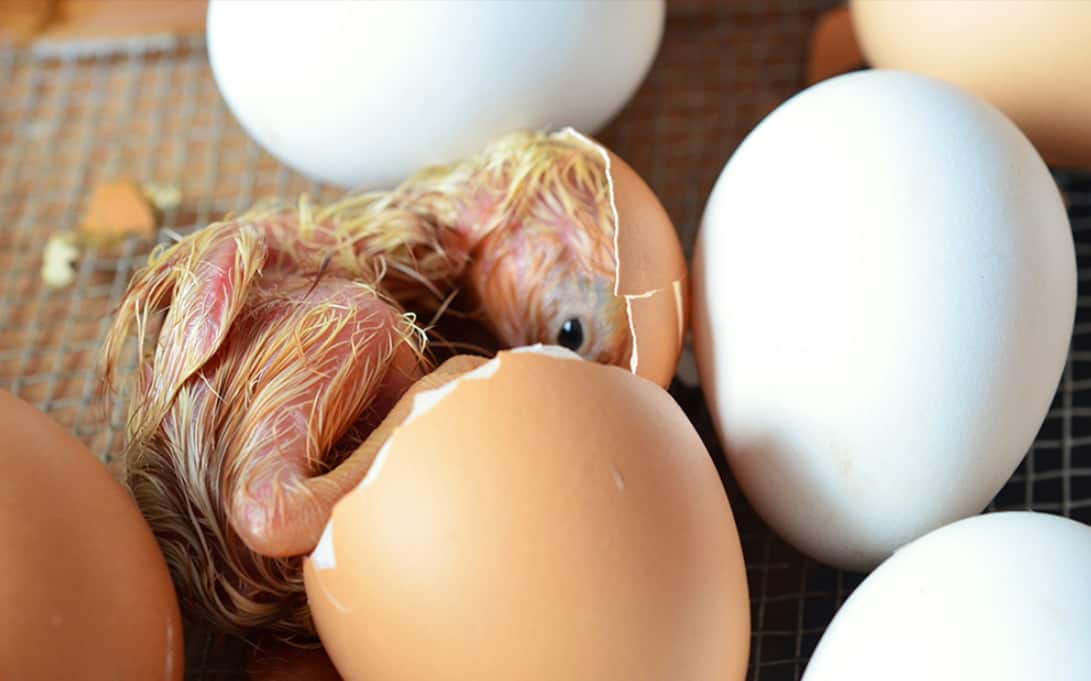
You already know how to tell if an egg is fertile or not. It’s also more helpful to have an idea about improving the survivability of your fertile eggs. Genetic conditions, illnesses, dietary issues, or stress may result in the embryo’s death prior to egg-laying.
The freshly deposited egg is thus exposed to a new variety of challenges: the circumstances in which it cools from the body temperature of a hen to the nest’s environmental features, the time required, substances in the nest, infections, and even sanitation are all obstacles to conquer. Following that: the storage, transportation, and the beginning of incubation — all of which are not assuredly advantageous to survival.
The existence of a little ring on the top of a yolk, measuring just about a diameter of 3mm to 4mm and visible soon after oviposition, enables the egg to be defined as fertilized. As the egg cools, the embryo proceeds to grow. It will develop to a diameter of approximately 5mm and become storage-resistant within an ideal cooling period of 6 hrs.
The expanded diameter of the whitish ring on the yolk, the white cells filling up the center, and the presence of a pale yellow yolk around the embryo all signify a continuing growth. These embryos have progressed through the storage phase and will very certainly perish if put in low-temperature storage.
Growth continues, and the beginning of incubation results in even more alterations. After only 24 hrs, the egg’s embryo is surrounded by a yolk zone. And after 48 hrs, the yolk zone has developed to the state where a tiny structure of blood vessels can already be seen under a microscope or by just using a magnifying glass.
Around 60 hrs, the blood vessels have grown to the stage where the naked eye can already detect a blood ring. The growth of the blood vessels is a good sign of fertile eggs.
However, be cautious: blood traces seen in eggs that have never been incubated are not always a trustworthy indicator of a life that will survive. Even infertile table eggs may include flesh or bloodstains that were discharged from the hen’s oviduct.
Summary
When your eggs hatch, it’s remarkable how fast these tiny creatures develop. Along with documenting those early weeks, you’ll need to ensure that you have the information necessary to grow a healthy and happy flock. You wouldn’t like to risk committing catastrophic errors that may have a detrimental effect on their formation, development, or even mortality!
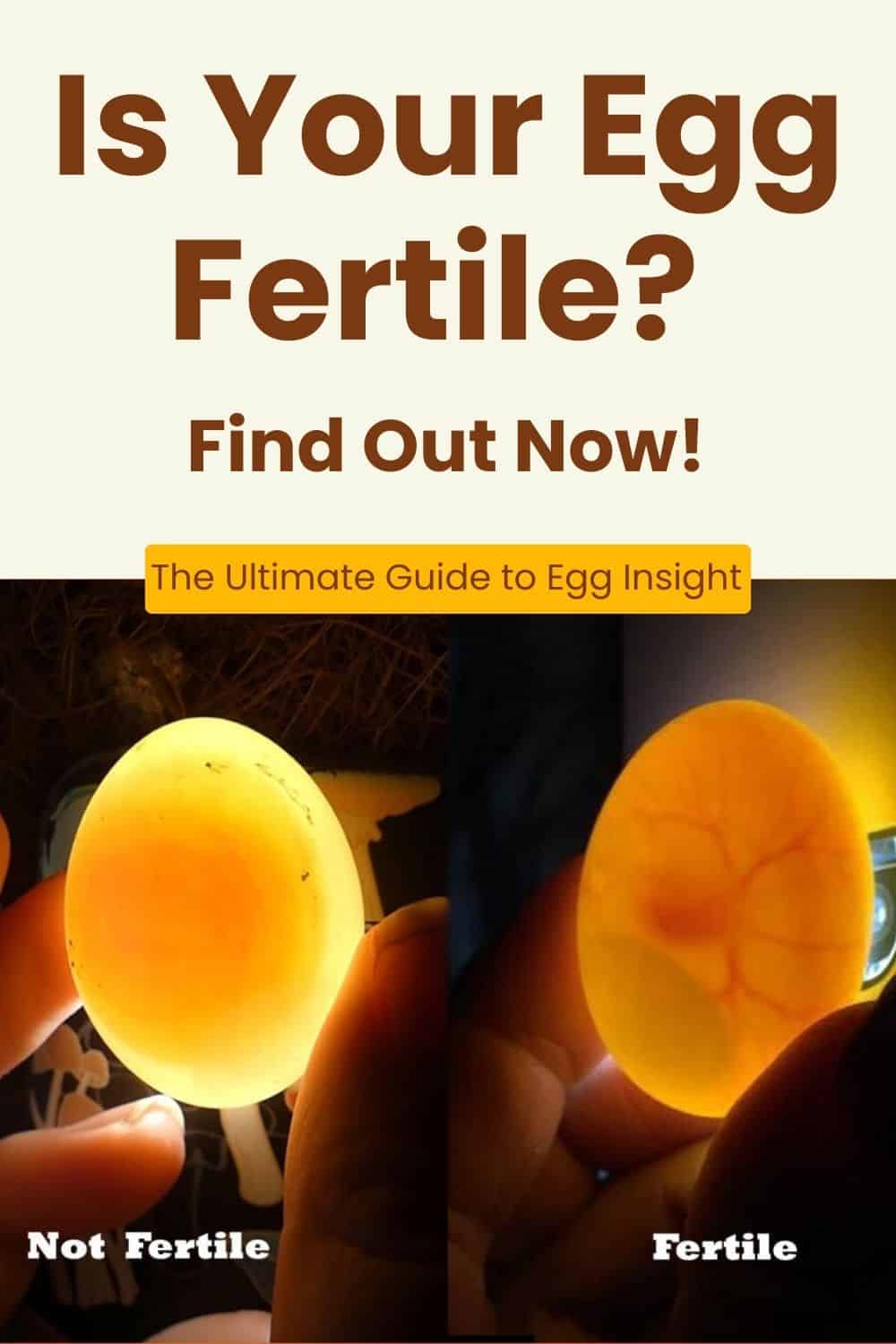

Joseph Hudson has been raising chickens for over 15 years. In 2018, he completed the Agriculture & Natural Resources program at Mt. San Antonio College. He currently raises over 1400 chickens on his 7.5-hectare farm. He keeps sharing his experience on raising healthy and happy chickens on Chicken Scratch The Foundry.
